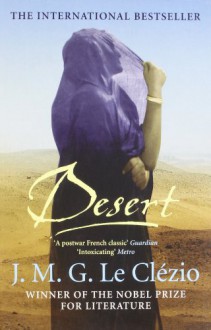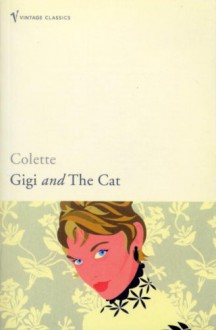This charming French novel first published in 2006 happens to be one of my favourites of all time. It's imbued with philosophy from beginning to end and everything revolves around the meaning of life from the point of view of a well-read French concierge who hides behind the façade of a typical speciman of her profession and a twelve-year-old bourgeois who feels disgusted by the empty life to which she seems doomed by birth. It's only thanks to the influence of a Japanese business man who moves into the house that the concierge gradually learns to live her true self and makes friends. A happy end announces itself page by page, but it isn't to be.
If you'd like to learn more about this novel, I invite you to read a long review here on my main book blog Edith's Miscellany.

 Log in with Facebook
Log in with Facebook 












